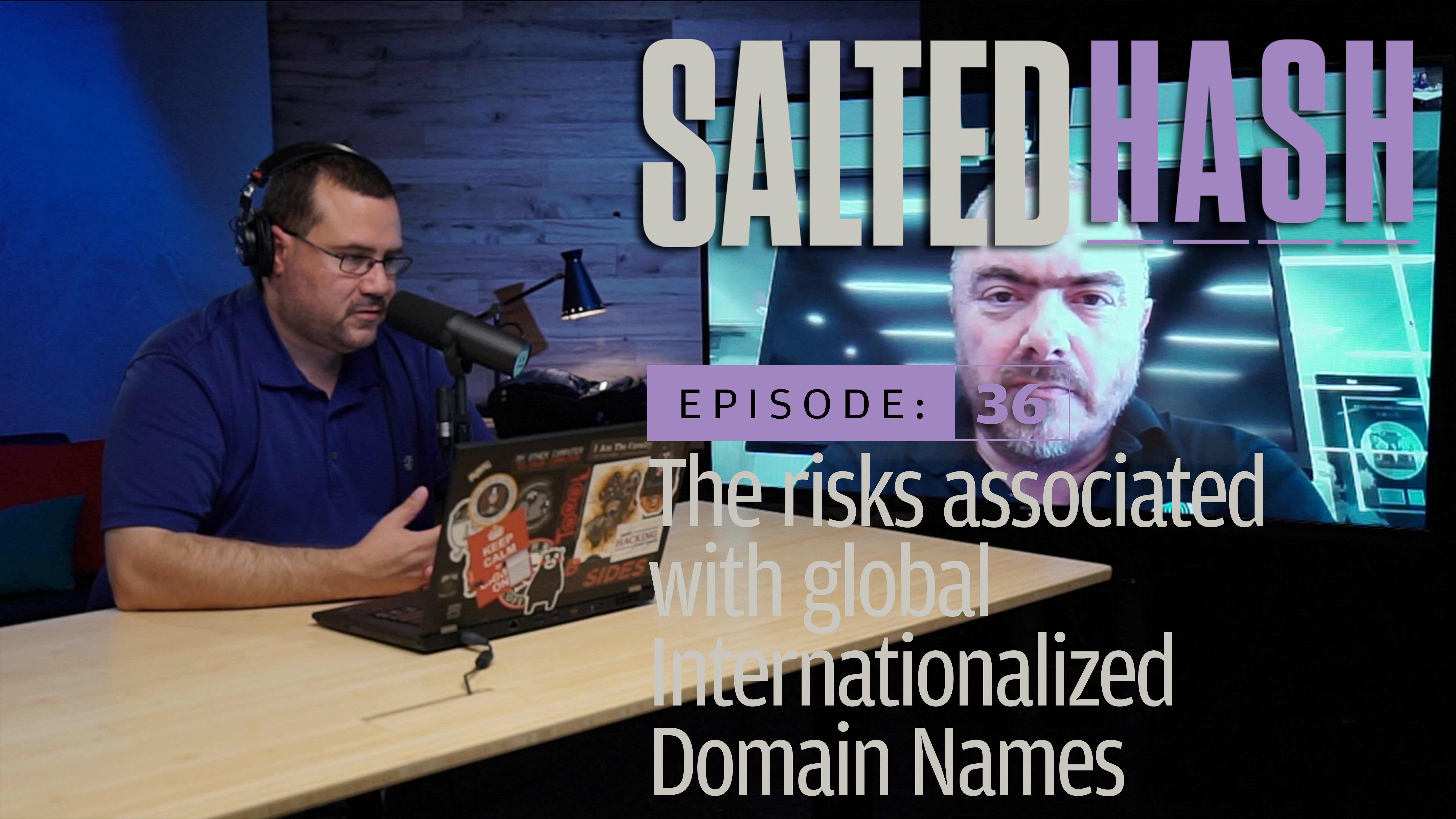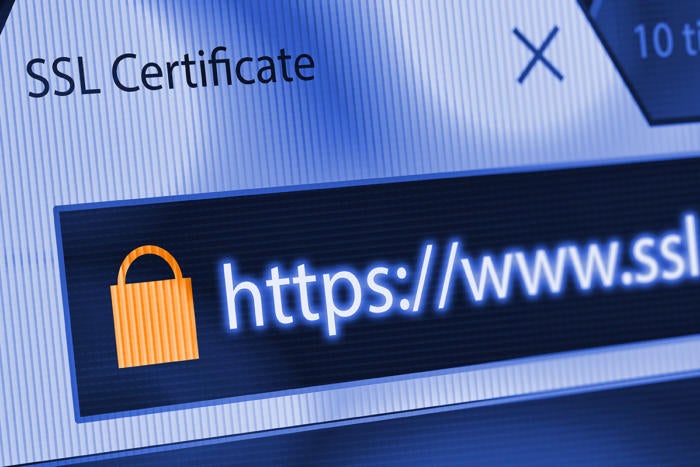How risky is the Internet? Researchers say 42%
Credit to Author: Kaspersky Team| Date: Fri, 17 Aug 2018 20:18:39 +0000
Almost half of the most-visited websites open visitors to potential dangers. What can you do?
Read moreCredit to Author: Kaspersky Team| Date: Fri, 17 Aug 2018 20:18:39 +0000
Almost half of the most-visited websites open visitors to potential dangers. What can you do?
Read more
Paul Vixie, CEO of Farsight Security, explains how global Internationalized Domain Names, or global IDNs, sparked the emergence of confusingly similar website addresses with nefarious goals — and how to combat them.

Credit to Author: Gregg Keizer| Date: Thu, 12 Jul 2018 13:32:00 -0700
Google has switched on a defensive technology in Chrome that will make it much more difficult for Spectra-like attacks to steal information such as log-on credentials.
Called “Site Isolation,” the new security technology has a decade-long history. But most recently it’s been cited as a shield to guard against threats posed by Spectre, the processor vulnerability sniffed out by Google’s own engineers more than year ago. Google unveiled Site Isolation in late 2017 within Chrome 63, making it an option for enterprise IT staff members, who could customize the defense to shield workers from threats harbored on external sites. Company administrators could use Windows GPOs – Group Policy Objects – as well as command-line flags prior to wider deployment via group policies.
Credit to Author: Julia Glazova| Date: Fri, 01 Jun 2018 13:43:16 +0000
Do you know what children look for online? The answers may surprise you.
Read more
Credit to Author: Gregg Keizer| Date: Wed, 23 May 2018 13:27:00 -0700
Google last week spelled out the schedule it will use to reverse years of advice from security experts when browsing the Web – to “look for the padlock.” Starting in July, the search giant will mark insecure URLs in its market-dominant Chrome, not those that already are secure. Google’s goal? Pressure all website owners to adopt digital certificates and encrypt the traffic of all their pages.
The decision to tag HTTP sites – those not locked down with a certificate and which don’t encrypt server-to-browser and browser-to-server communications – rather than label the safer HTTPS websites, didn’t come out of nowhere. Google has been promising as much since 2014.

Credit to Author: Gregg Keizer| Date: Mon, 21 May 2018 13:45:00 -0700
Google has further fleshed out plans to upend the historical approach browsers have taken to warn users of insecure websites, spelling out more gradual steps the company will take with Chrome this year.
Starting in September, Google will stop marking plain-vanilla HTTP sites – those not secured with a digital certificate, and which don’t encrypt traffic between browser and site servers – as secure in Chrome’s address bar. The following month, Chrome will tag HTTP pages with a red “Not Secure” marker when users enter any kind of data.
Eventually, Google will have Chrome label every HTTP website as, in its words, “affirmatively non-secure.” By doing so, Chrome will have completed a 180-degree turn from browsers’ original signage – marking secure HTTPS sites, usually with a padlock icon of some shade, to indicate encryption and a digital certificate – to labeling only those pages that are insecure.
Credit to Author: Yaroslava Ryabova| Date: Thu, 26 Apr 2018 13:00:39 +0000
We explain what digital certificates are, what types exist, and what problems are associated with them.
Read moreCredit to Author: Christopher Boyd| Date: Fri, 30 Mar 2018 15:00:00 +0000
 | |
| TLS 1.3 is nearly upon us, and with it comes a more secure way to do business online. We look at some of the changes coming into force soon. Categories: Tags: internetonlineTLSTLS 1.3transport layer security |
The post TLS 1.3 is nearly here appeared first on Malwarebytes Labs.
Read more